SSEES launches new 'Challenging Europe' strand on Global Citizenship Programme
22 June 2018
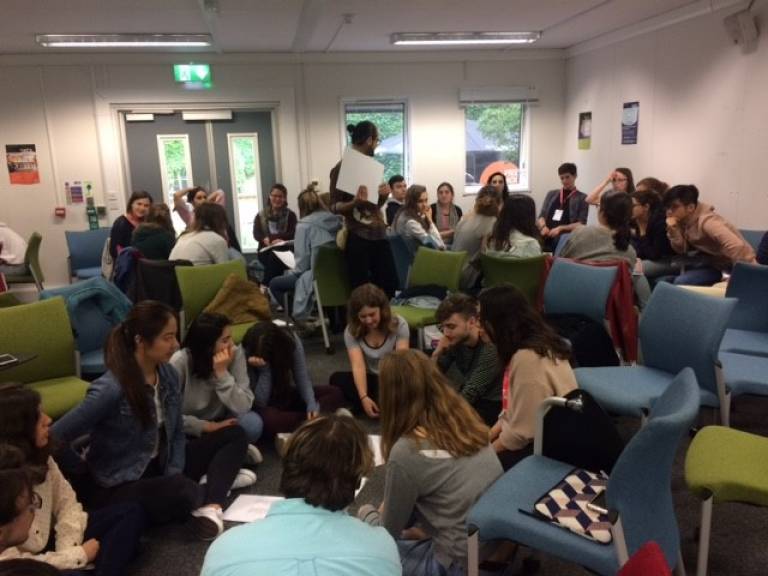
The 2018 UCL Global Citizenship Programme took place 29 May-8 June, with SSEES leading the new ‘Challenging Europe’ strand, led by Dr Eszter Tarsoly, Senior Teaching Fellow in Hungarian.
Students from across UCL came together to explore the complexities of Europe through multiple perspectives, and through close engagement with people, language, and society, the Challenging Europe strand aims to demonstrate the values of Global Citizenship that are needed in an ever more connected world. Skills such as documentary making, ethnographic research and new language acquisition
Dr Eszter Tarsoly, Senior Teaching Fellow in Hungarian at SSEES is the strand leader and writes up the successes of this year’s school below, highlighting some of the excellent work undertaken by the students:
Here is a link to the European London blog, edited and written entirely by the students, based on their research inspired by the lectures. You can either browse by language groups or read the daily log entries. Thanks are due to Uta Staiger for helping to shape the lecture programme of the school, but also to Claudia Sternberg, Tom Lorman, Philip Barker, Zora Kostadinova, Uilleam Blacker, Tina Parte, Lily Kahn, and Jelena Ćalić for giving clear and engaging lectures which, at the same time, managed to do justice to the complexity of the topics in hand.
The documentary film which was selected to represent the strand on the closing ceremony was the one on Saami, but all the other films are well worth watching. With more extensive training than in previous years, all seven groups produced competent and well-executed documentaries. Here is a link to the Romanian film, which represents particularly well the main theme of the summer school. The Welsh and Turkish films were also among the jury’s favourites. The training was much appreciated by students and some of them have already put their newly acquired skills to use outside the summer school. Special thanks to Dieter Deswarte for this!
The portrait photography session and exercise were equally appreciated. Here is an unusual but excellent portrait with description by the group studying Serbo-Croat. The students enjoyed the session so much that they expressed a desire to learn more about the technicalities of taking good portraits: something we might consider including in the school’s programme next year. Thank you, Richard Morgan!
As we did not have a separate Romani language group, one of the innovations compared to the previous summer school was to introduce a lecture and skills session on Romani verbal art, poetry, and collage. Students read short folkloric texts, tales, and riddles in the original, and verse by Roma poets in English translation and reflected on these texts by turning them into collages with guidance from artist Robert Czibi. The only “criticism” I have heard about Robert’s work was: “we would have liked more of him!” These creative sessions also helped establishing rapport between group members early on the course. And the collages speak for themselves! Here are the ones made by the Polish and Ukrainian groups.
In conjunction with the Roma theme, one of the most popular morning sessions was the Roundtable on the Roma. Students enjoyed the debate-like structure and hearing various approaches to, and opinions on, the subject.
Based on experience of the previous summer schools, it was no surprise that the language sessions achieved perhaps the greatest popularity of all programmes. Students have enjoyed, and learned from, these sessions with comments being heard such as’ the language is hard but the teacher is fantastic” and “she teaches us not only the language but also the culture: there is both”.
The navigators’ dedication to their groups was exemplary. It was a pleasure to have you on the programme, Pola Awdankiewicz, Emma Baker, George Body, Alexandra Bulat, Dávid György, Aamna Pasha, and Rose Smith.
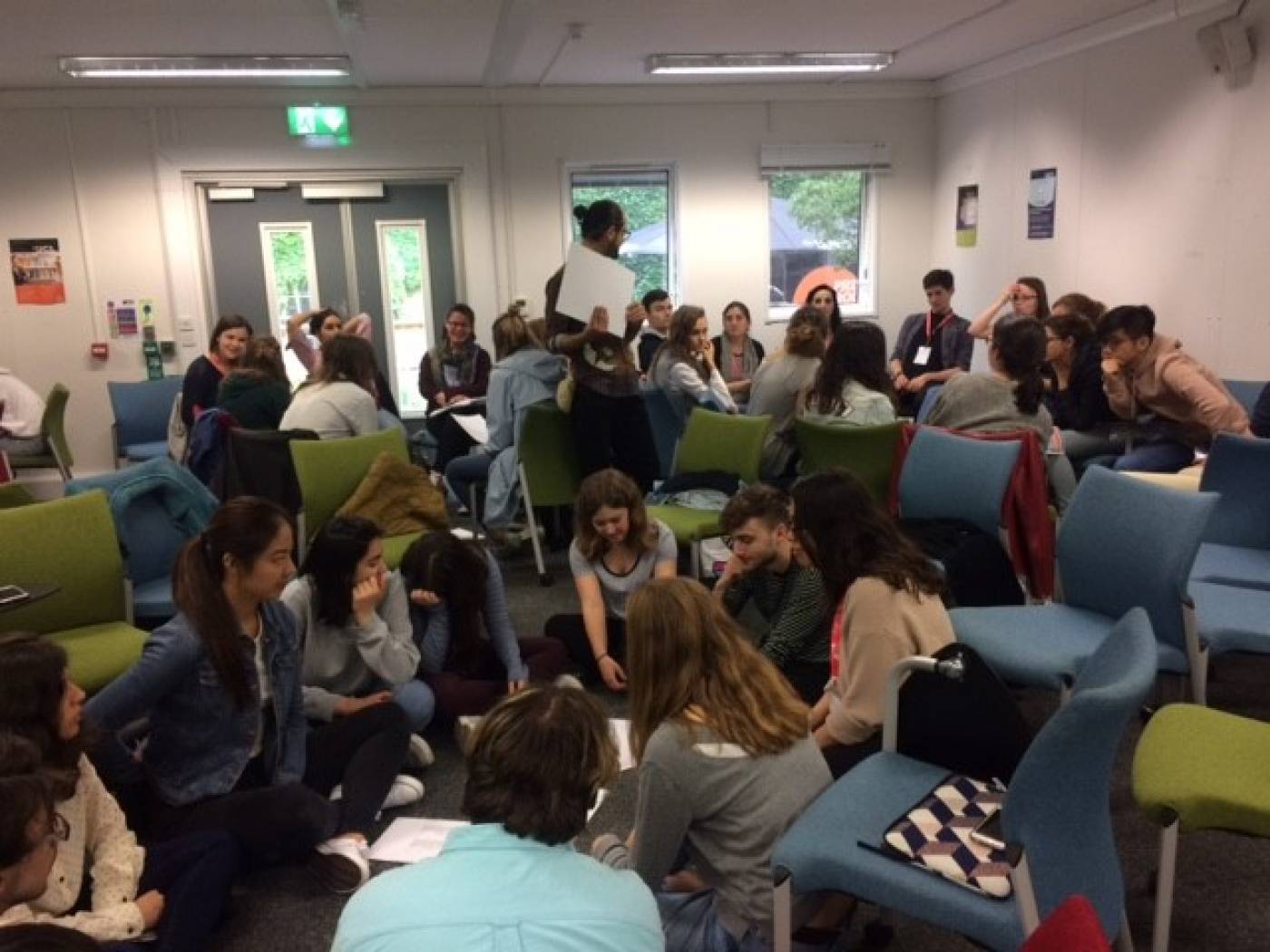
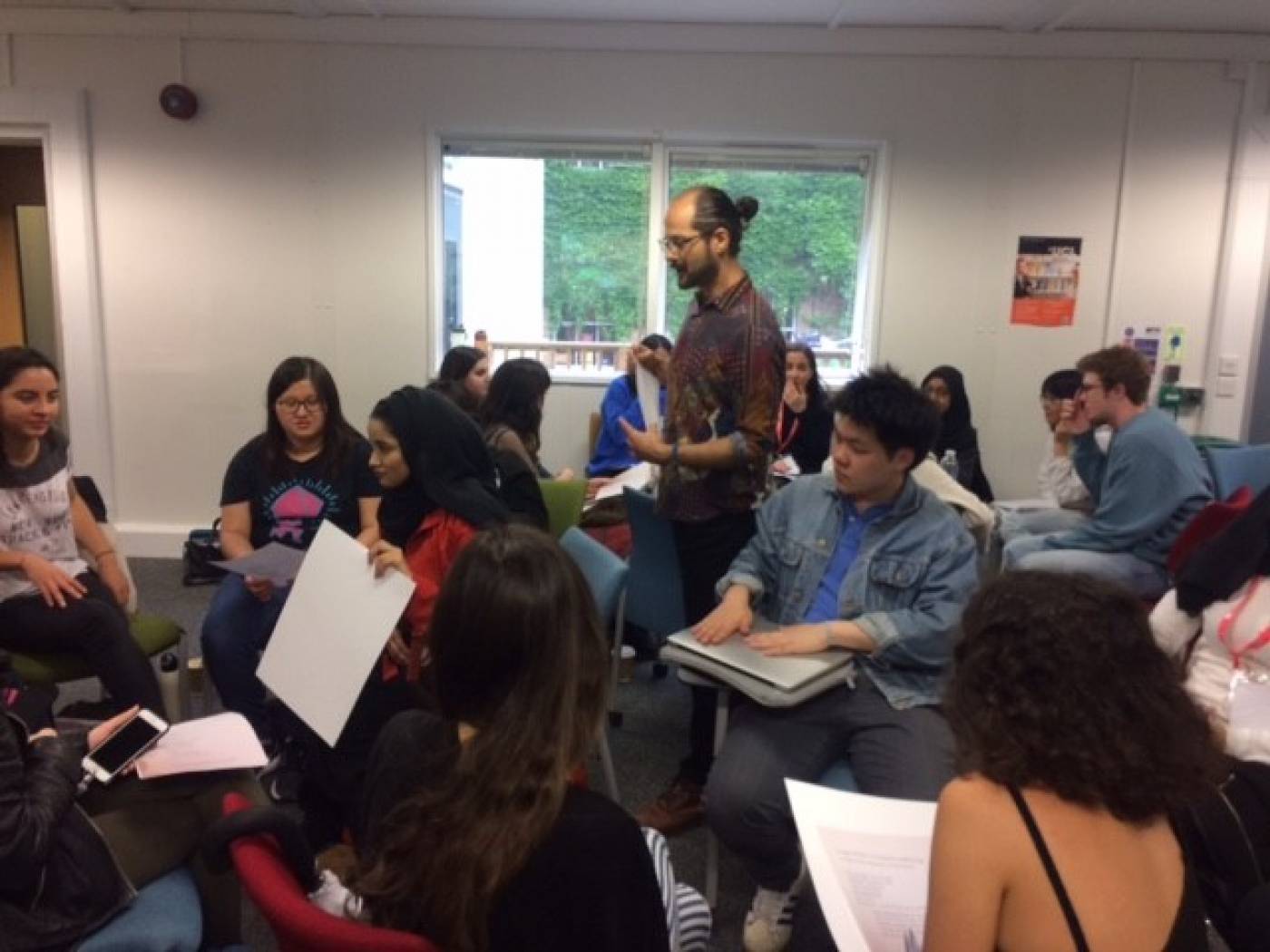
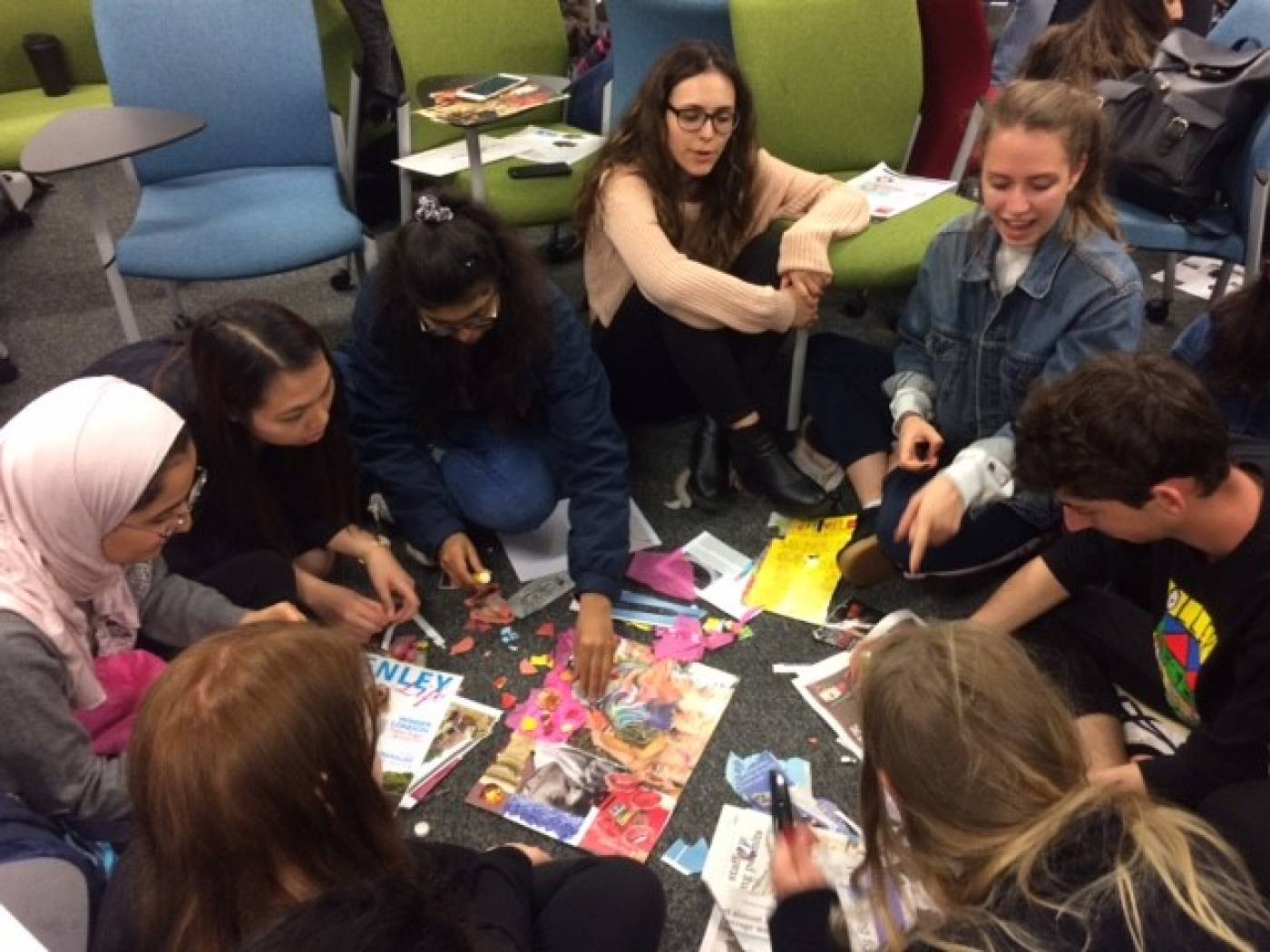
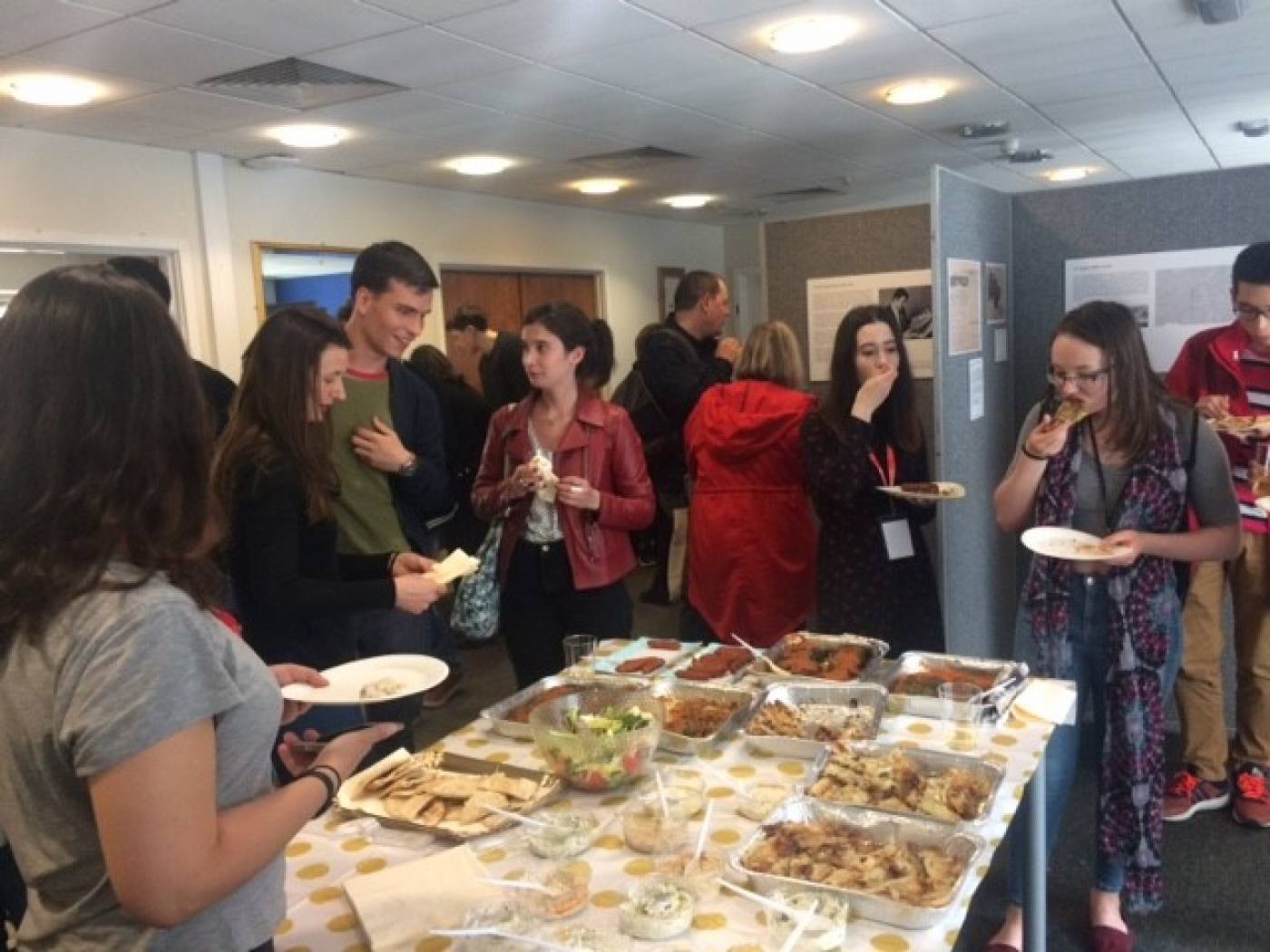
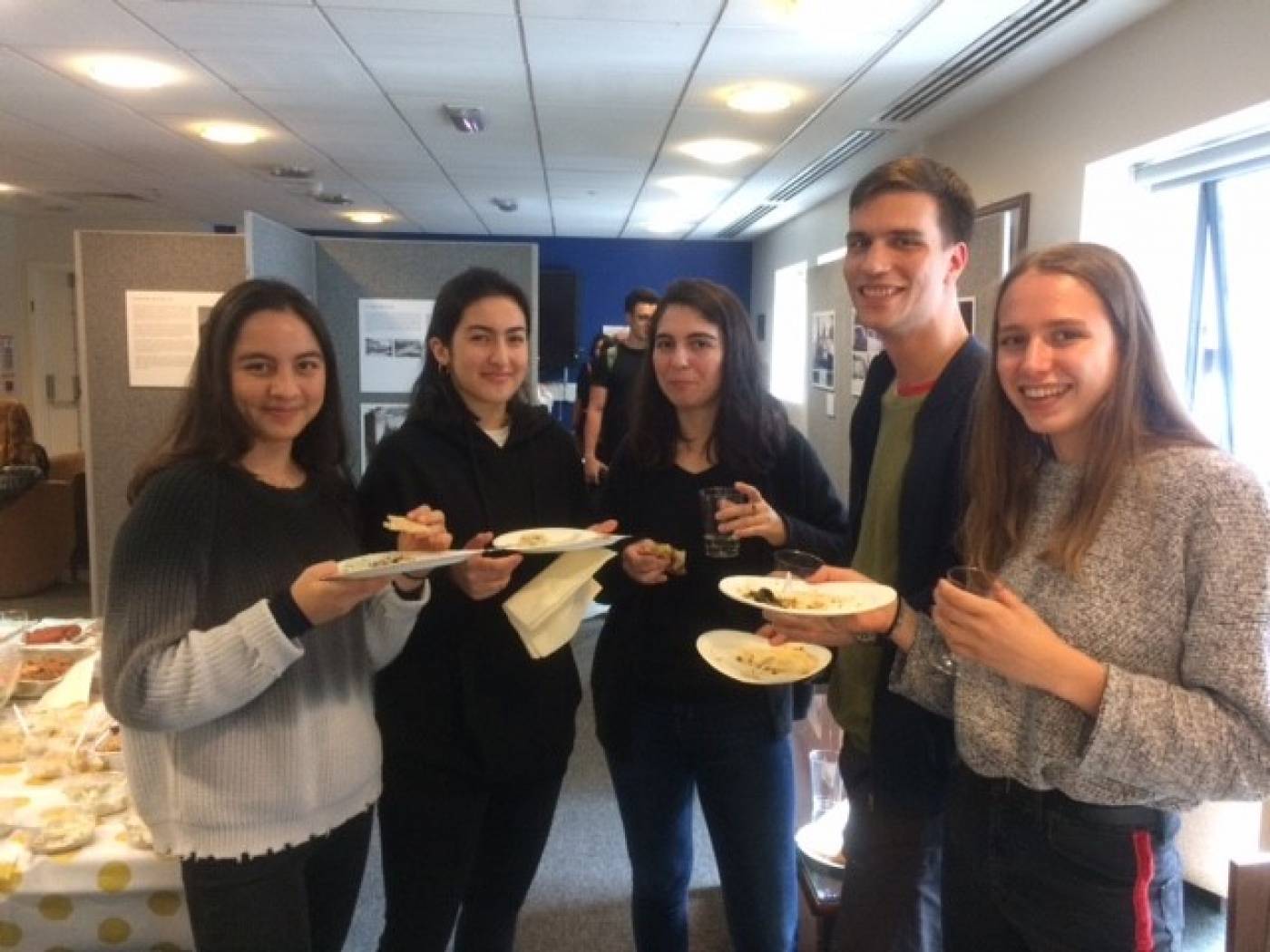
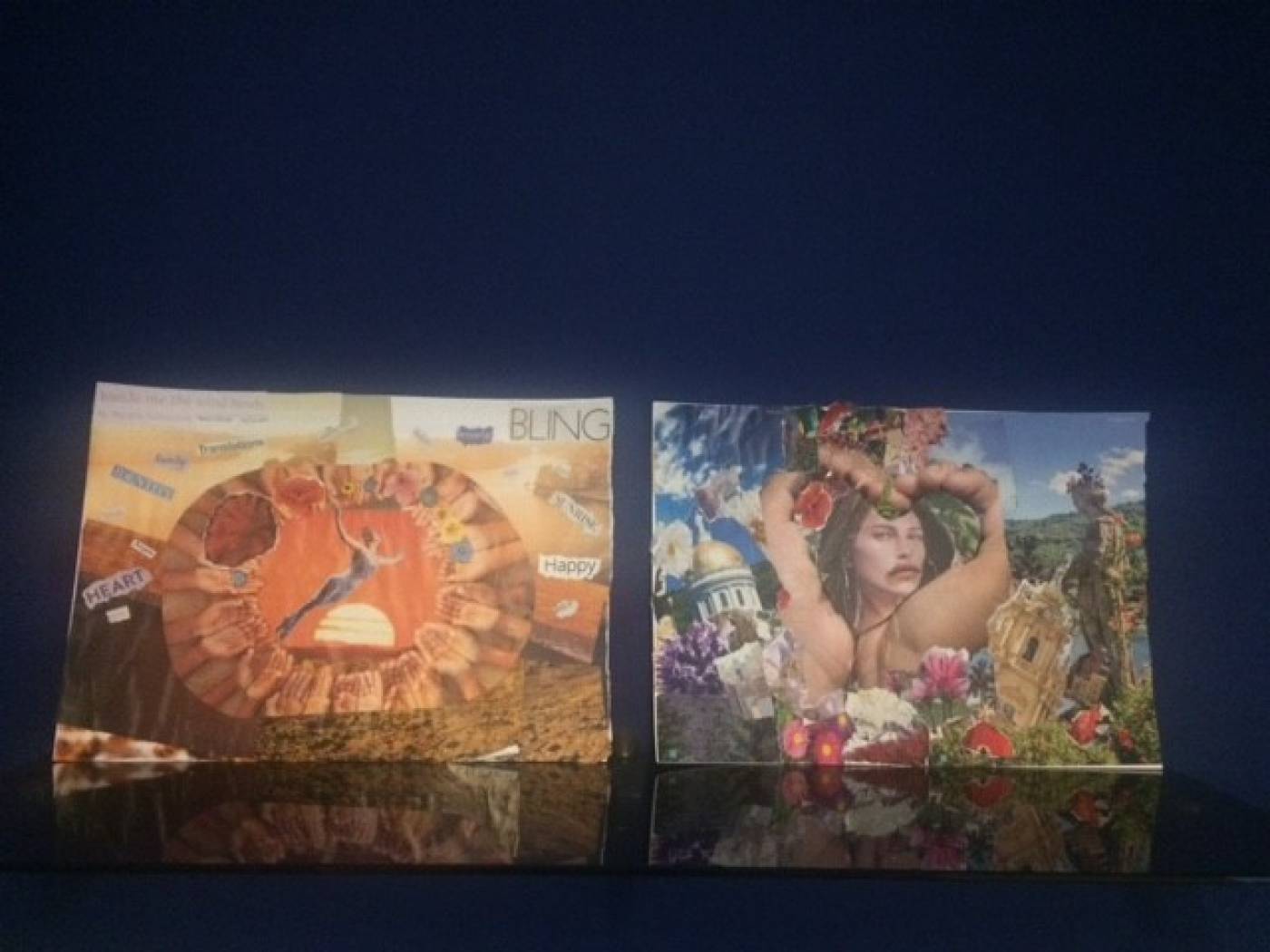
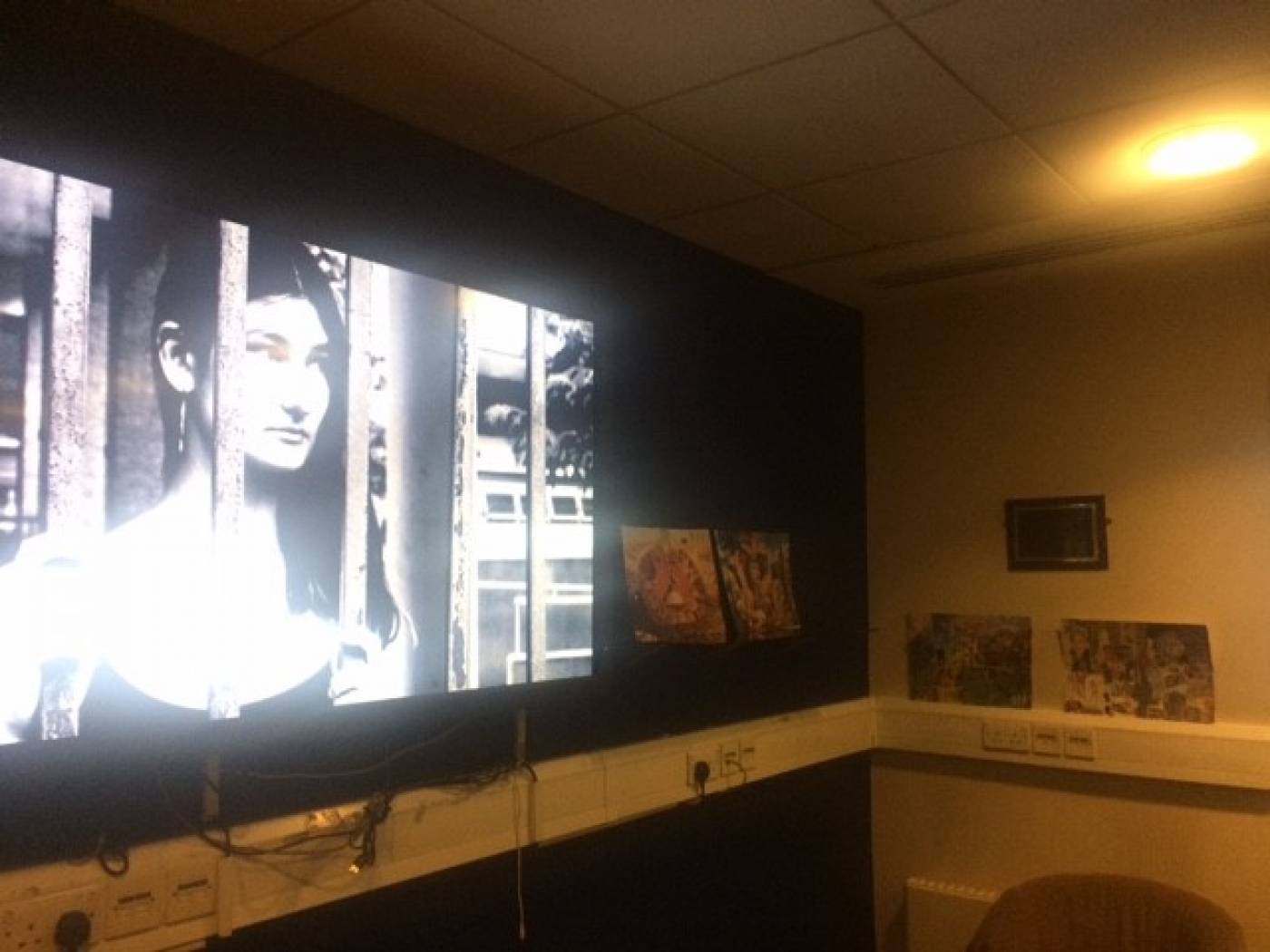
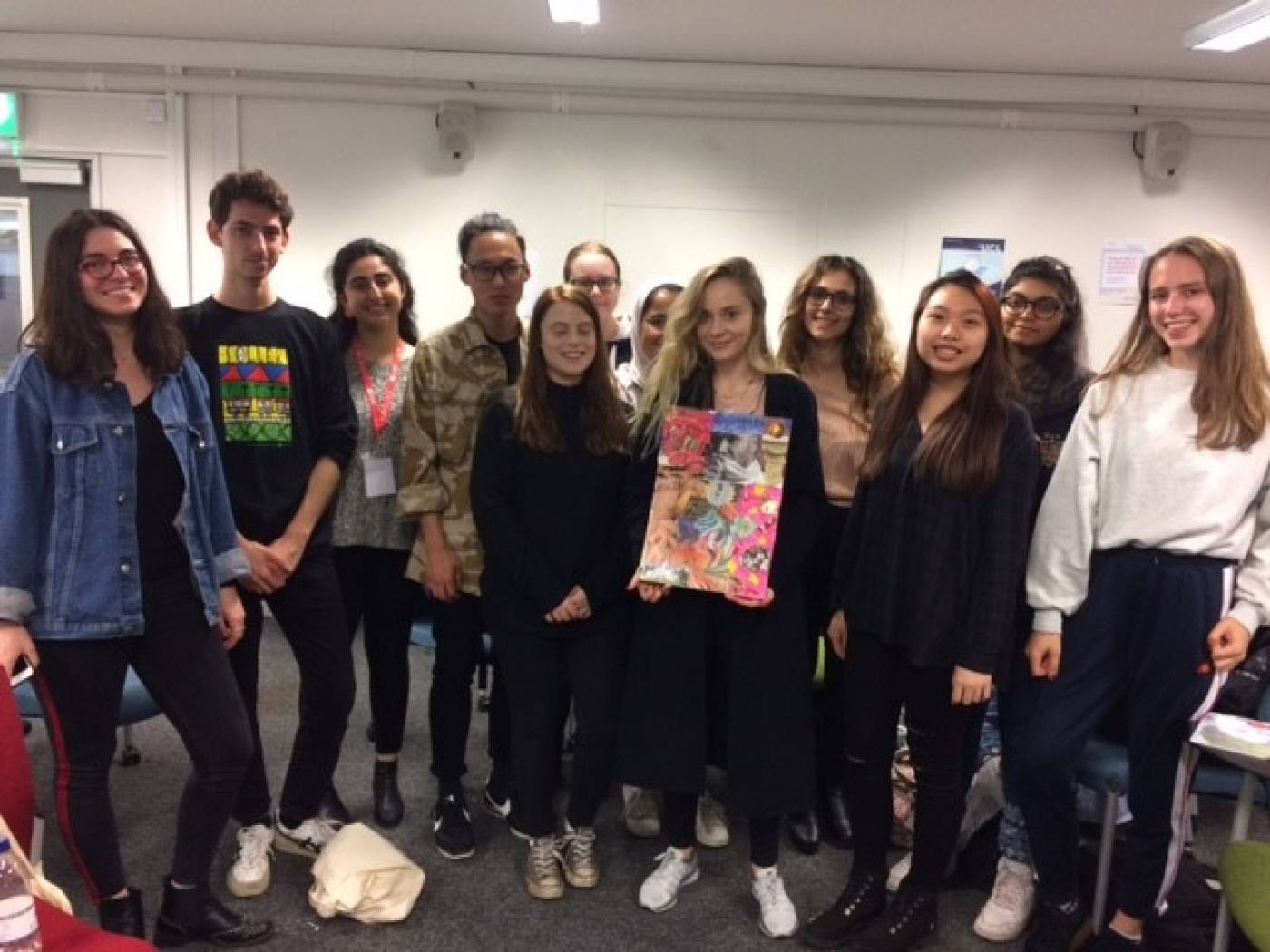
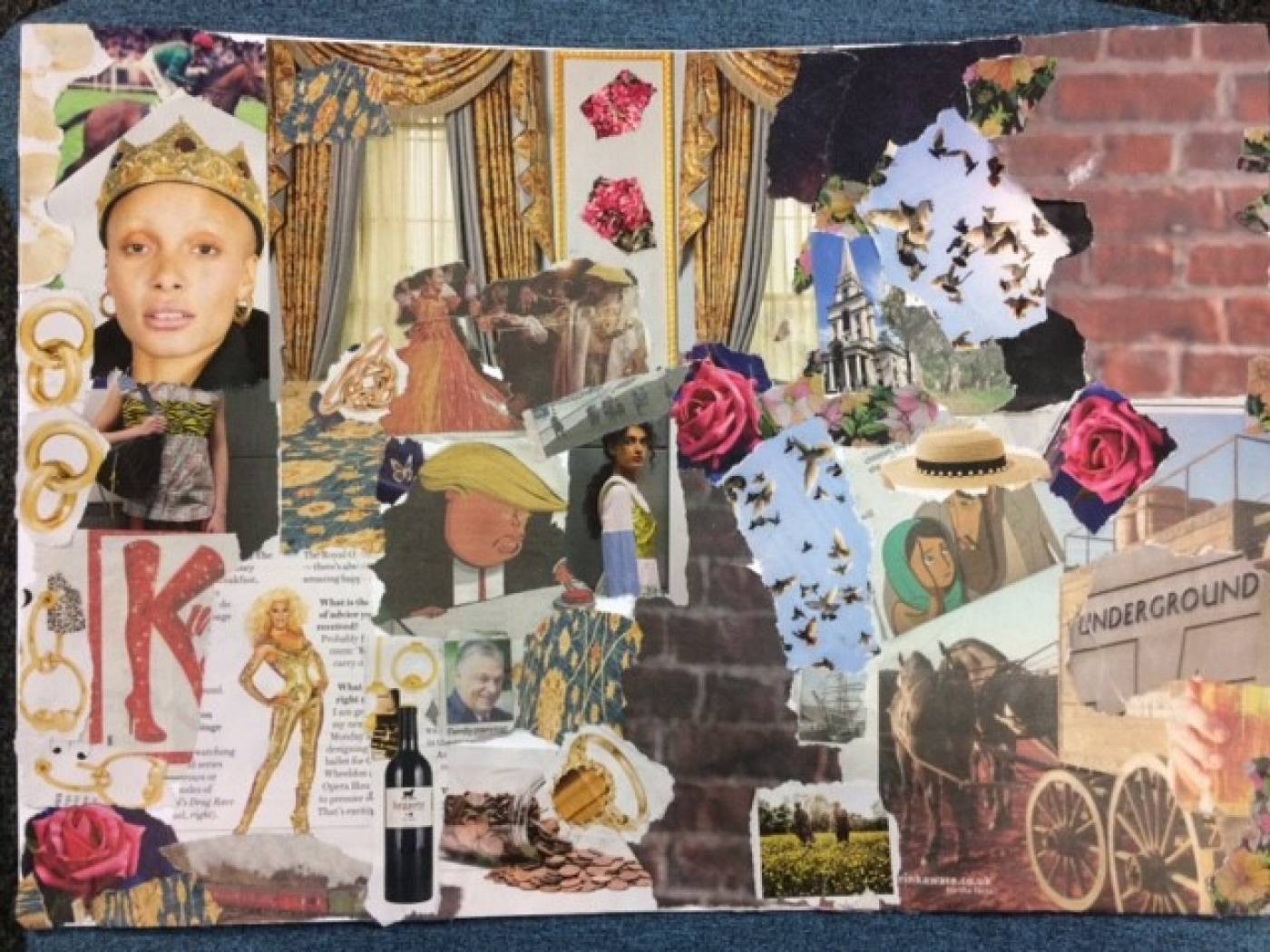
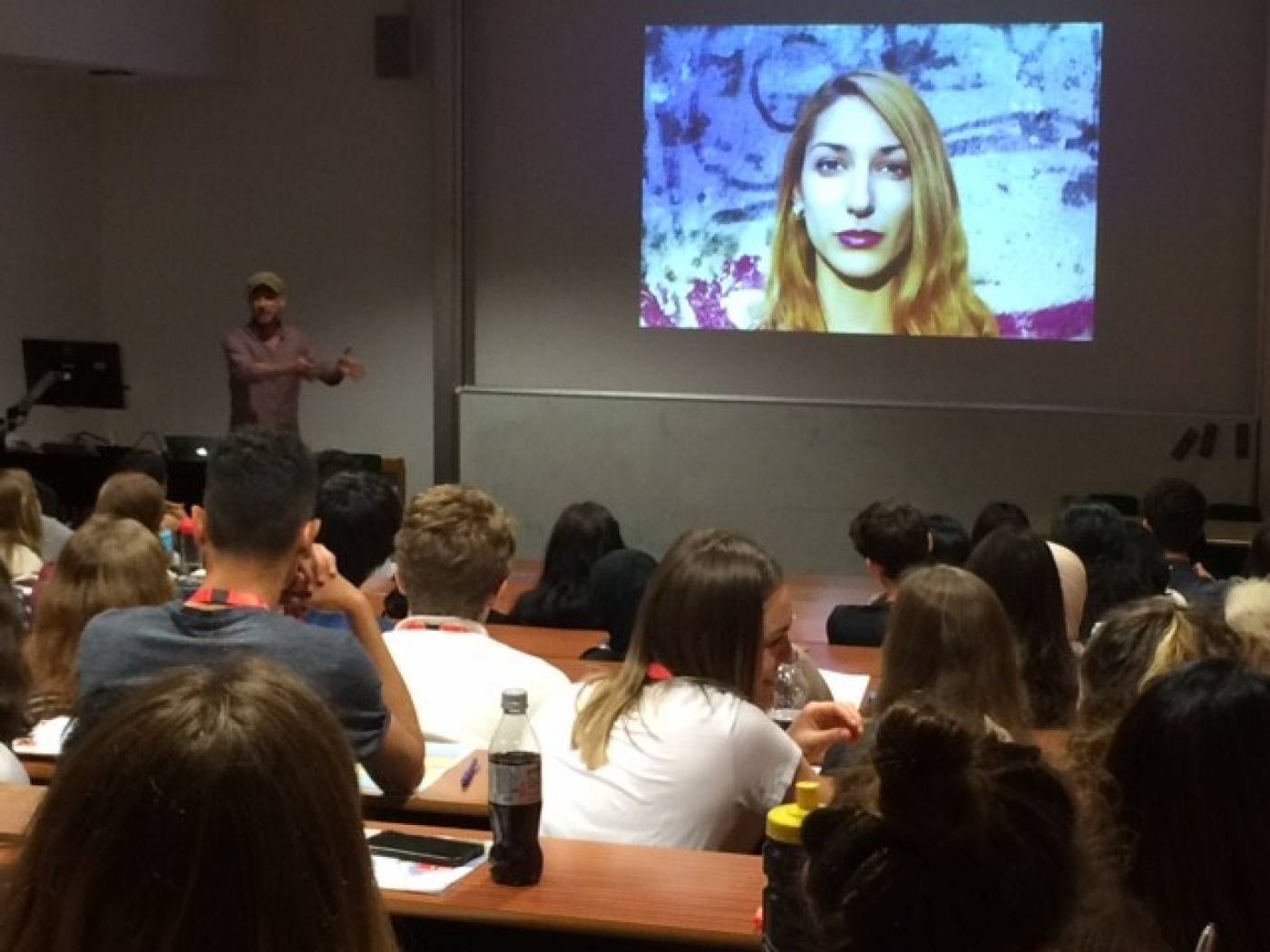
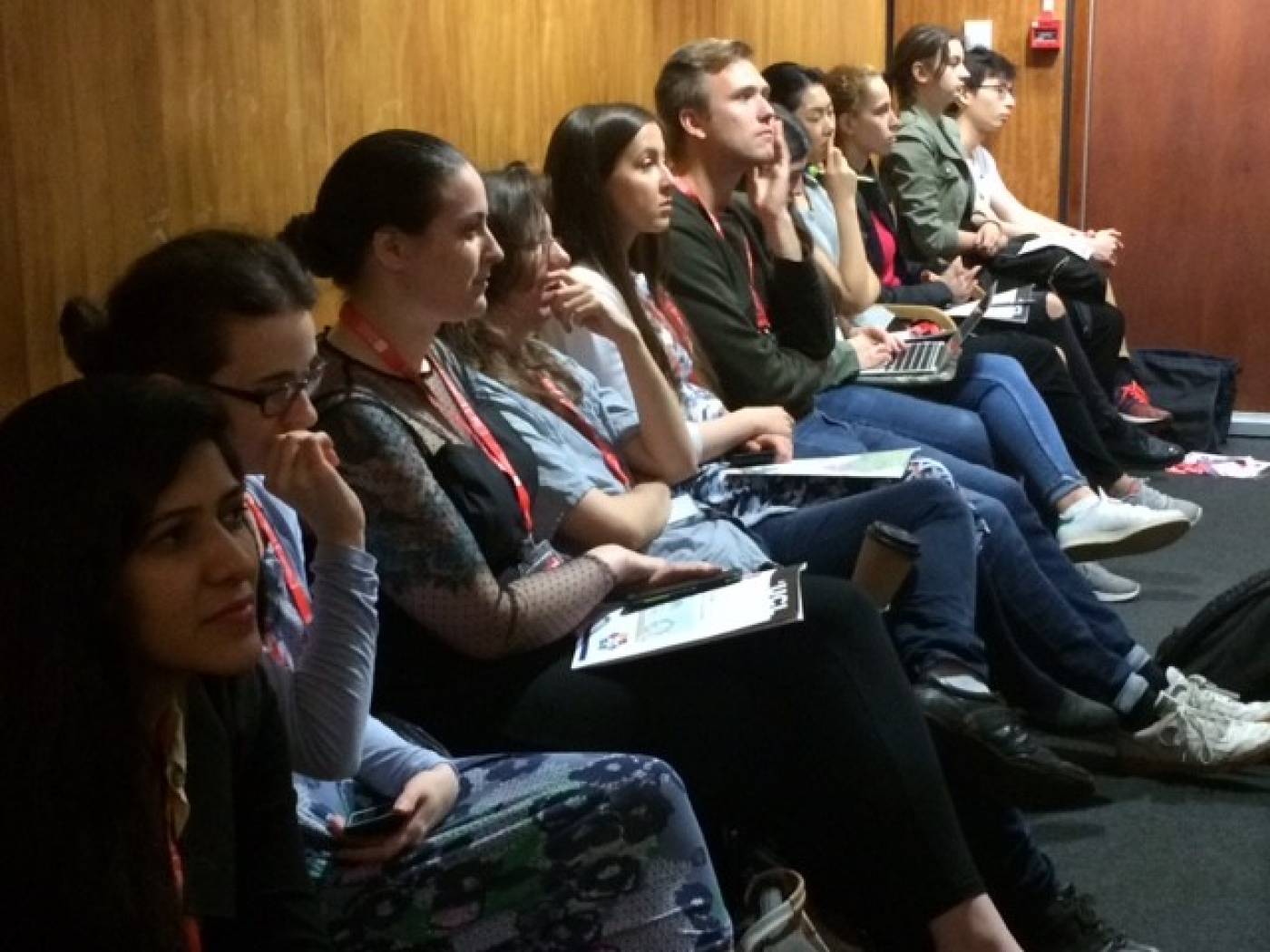
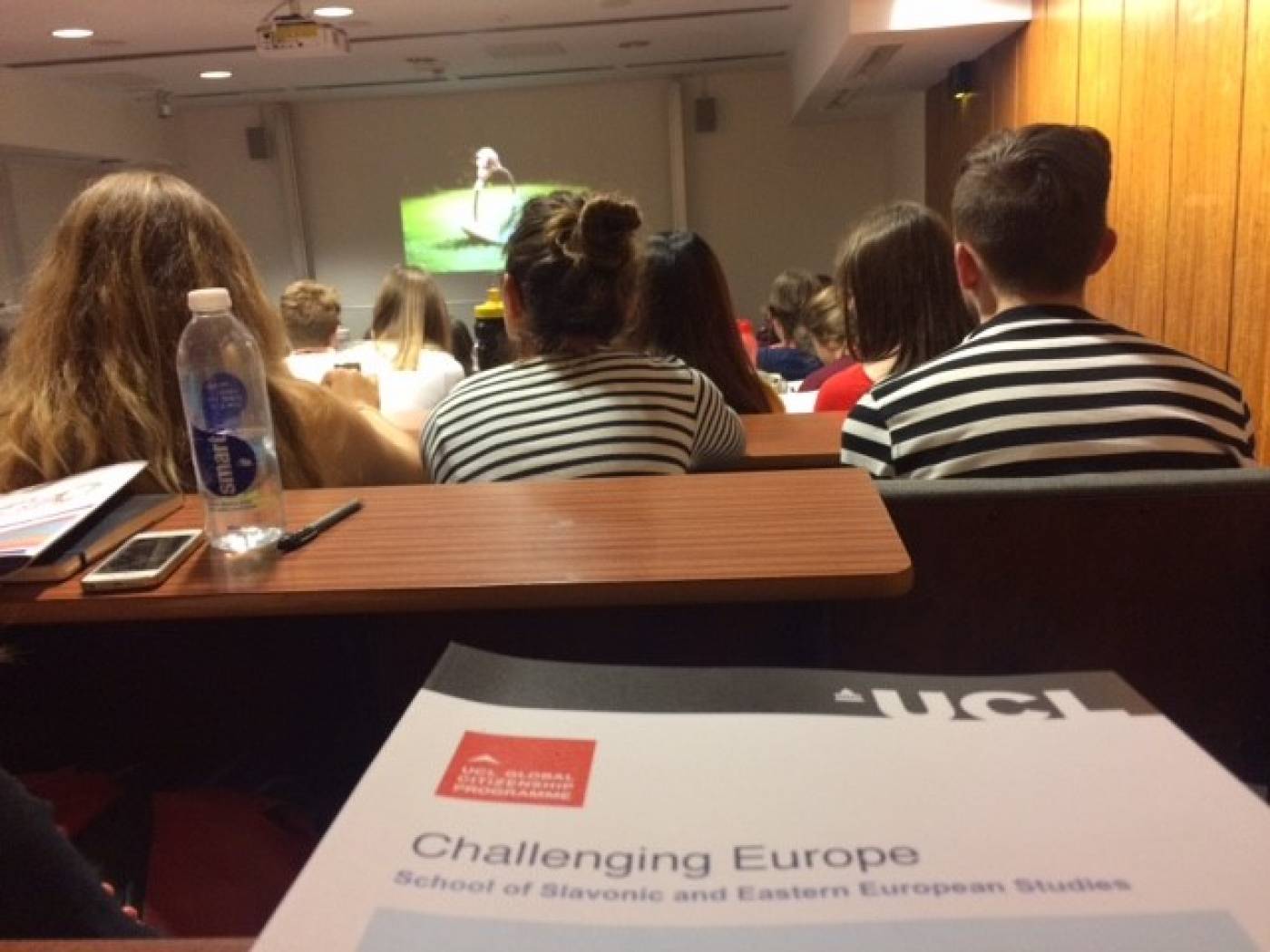
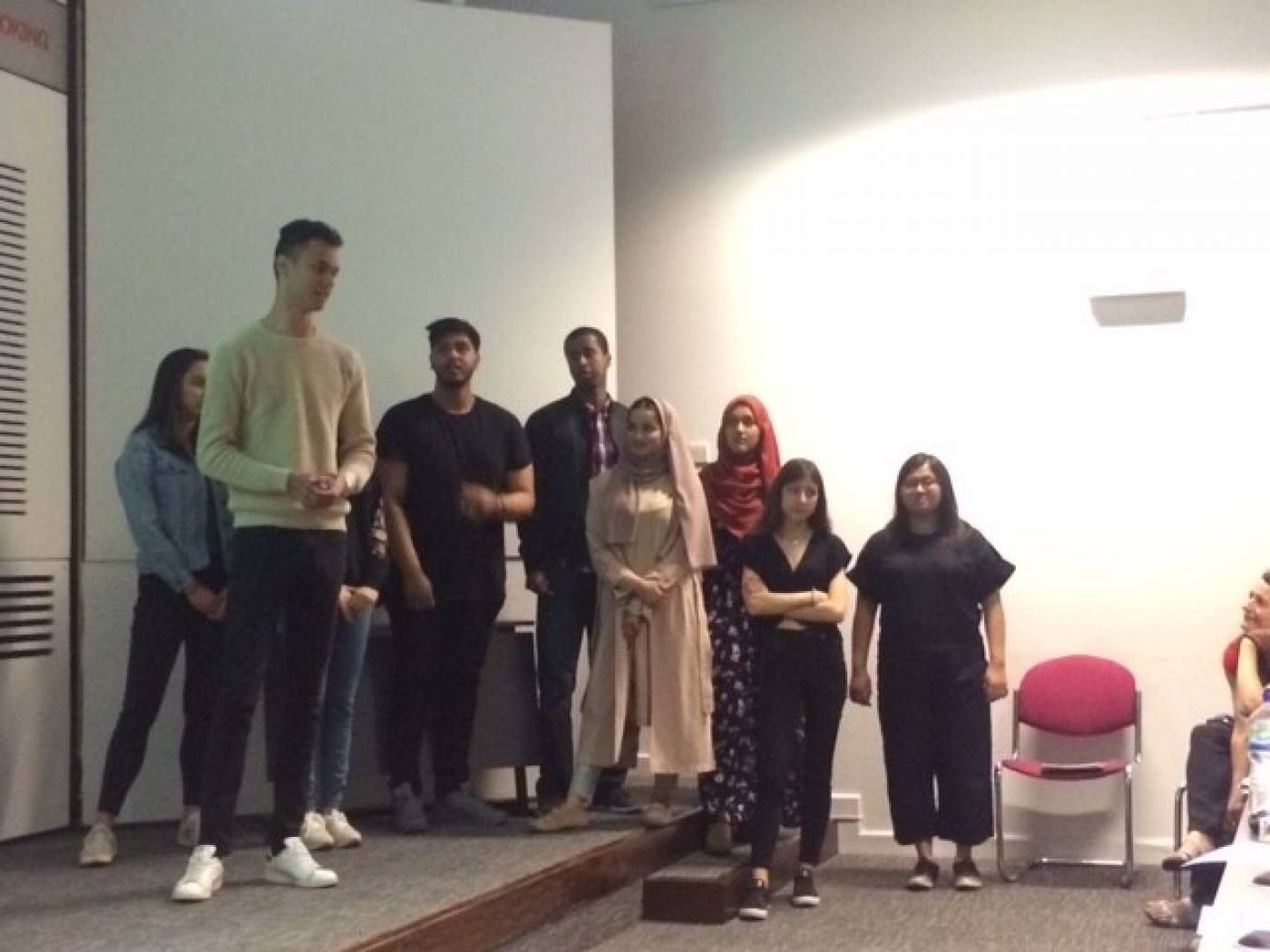
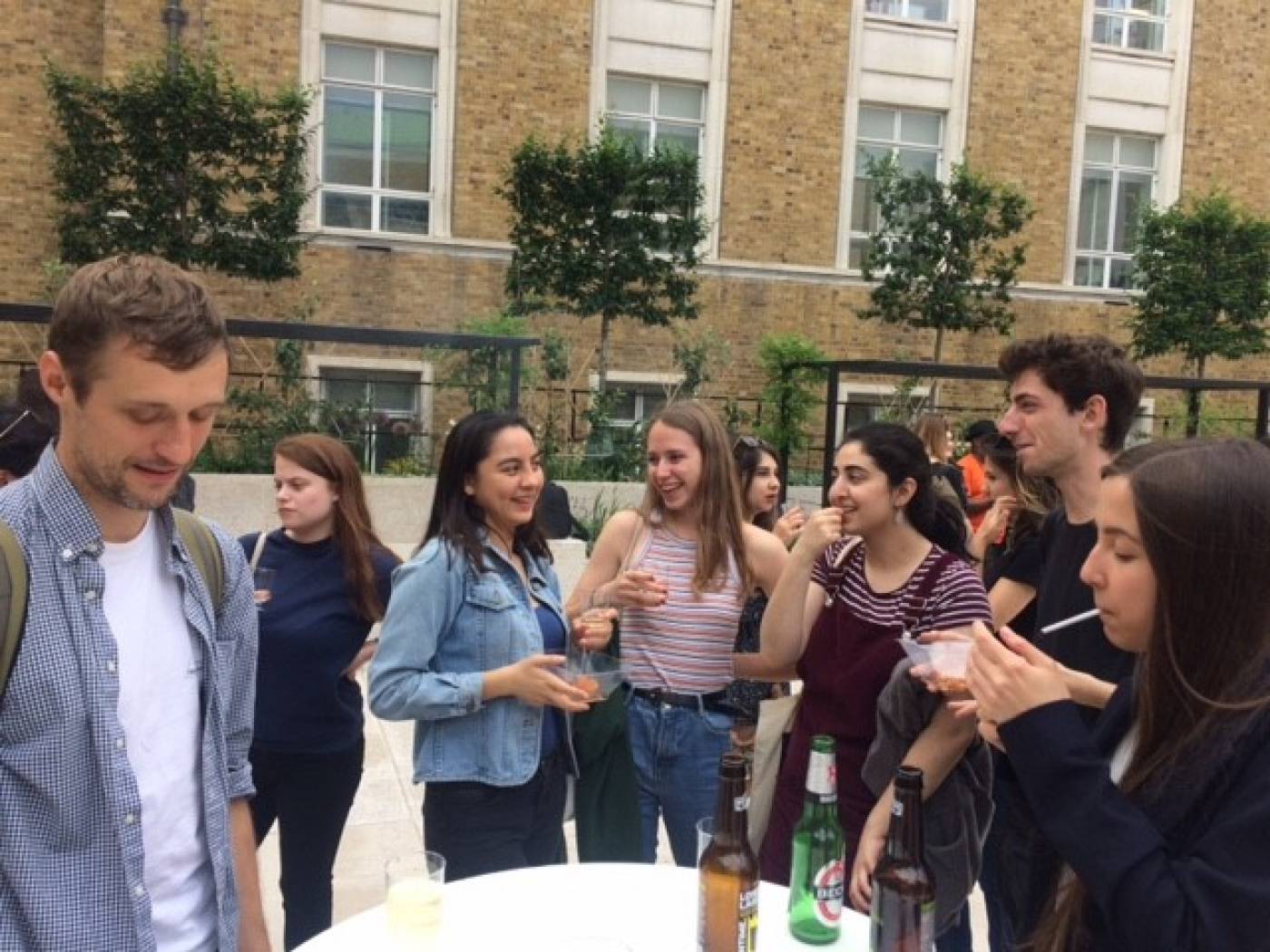
'Challenging Europe' replaces the previously successful strand 'The Danube: A Journey through the Heart of Europe', also led by SSEES, which last year culminated in an exhibition of students' work at Waterstones Gower Street. Read about last year's strand.
 Close
Close

